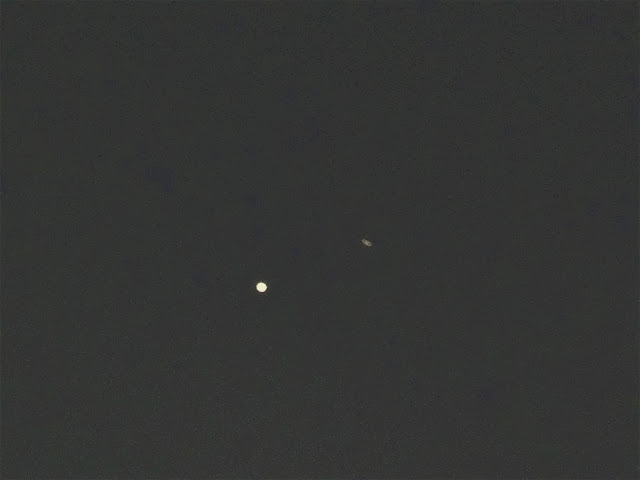What is it like to see ten thousand birds take to the sky all at once? Do you have to live on the African Savanna to find out? Sometimes one has to merely look in one's backyard (so to speak) to rediscover the extraordinary nature of where one lives. For instance, my home is in California's Great Valley (called by some the Central Valley). The valley is sometimes derided as a boring place to live, an endlessly flat expanse of agribusiness farms and poorly planned urban centers, and there is certainly a truth to that idea. A full 95% of the valley has been altered by humans from the original prairies and wetlands.
But the other 5%? Astounding at times.
The valley was once an expanse of open prairies, riparian corridors, and vast shallow lakes. A diverse fauna grazed the flatlands, Tule Elk, deer, antelope, horses, camels, bison, mammoths, mastodons, and giant ground sloths. They were preyed upon by a fearful assemblage of carnivores: Saber-toothed Cats, Jaguars, American Lions, Dire Wolves, Coyotes, Black Bears, Grizzly Bears, and huge Short-faced Bears (nothing else was short about them; they stood 12 feet tall). Much of the megafauna disappeared around 10,000 years ago for reasons that are still debated, but the valley still supported a healthy ecosystem when the European colonizers arrived and started changing things.The valley supported millions upon millions of migratory birds. The valley for a variety of reasons has some of the mildest winter weather in North America, and arctic species for millennia utilized the wetlands for a winter home. Agricultural development deeply altered the available habitat and the birds suffered for it, but a string of wildlife refuges were established decades ago to help them survive. I'd love to say it was for preserving the natural habitat, but it was often to provide the birds a place where they wouldn't destroy crops, and to provide hunters a dependable target. But still, the refuges are islands of relative safety for the birds, and many species have thrived.
There was also a flock of around a hundred White-faced Ibises. They look very dark from a distance, but closer observations reveals a colorful iridescence. The white face only shows up in breeding season. They are unique to the Americas, and apparently evolved from the far more widely distributed Glossy Ibises.
 |
| Photo by Mrs. Geotripper |










